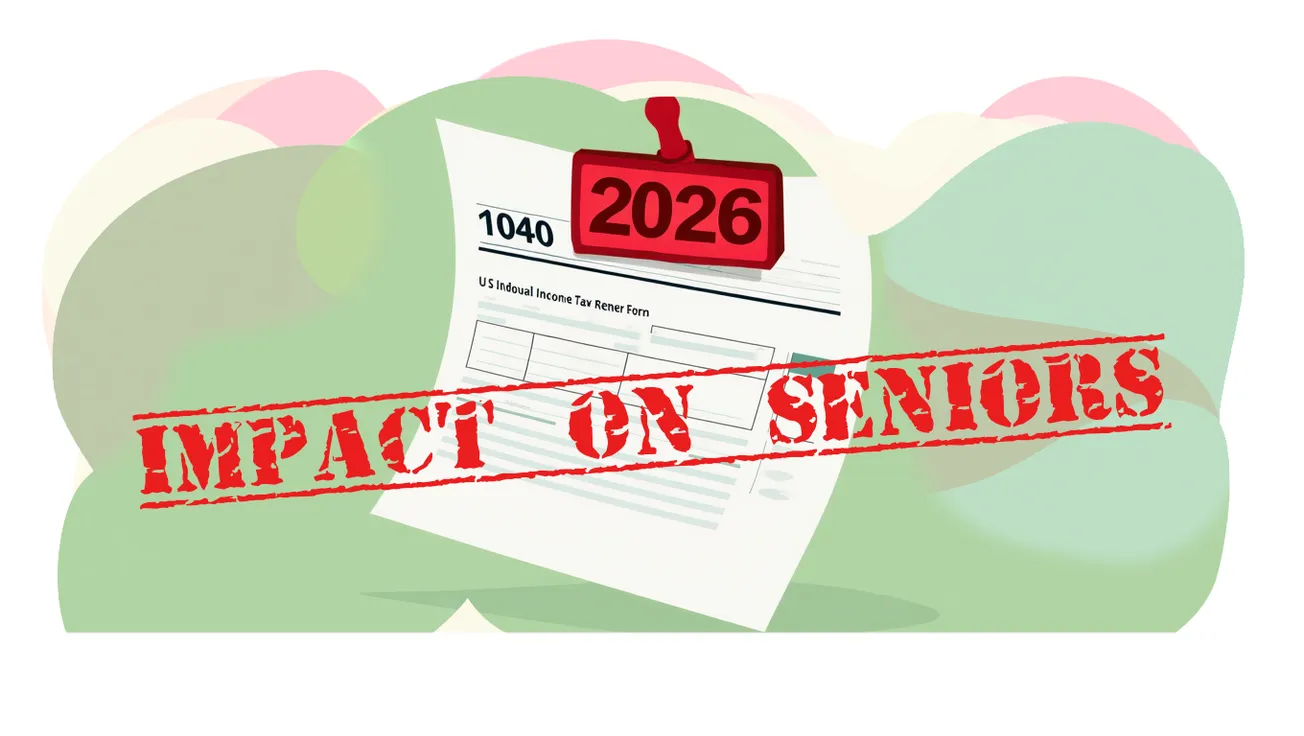The Takeaway
- Annuities and income tools are trending as retirees seek reliable payouts amid demographic shifts.
- Value investing and moderate bond-heavy strategies are winning favor for their stability.
- Private equity & real estate are becoming more accessible to retirement accounts.
- Senior housing investments remain a resilient, high-demand real estate niche.
- Trade-offs include fees, illiquidity, and debt sensitivities—but retirees are adapting.
A Kitchen Table Moment
Picture this: A retiree sits at the kitchen table with a stack of bills on one side and an investment statement on the other. The market feels like a rollercoaster, interest rates are uncertain, and healthcare costs loom large. For today’s seniors, investing isn’t just about building wealth—it’s about protecting stability and stretching income in retirement.
1. Annuities & Income-Generating Tools
With a wave of 4.2 million Americans turning 65 between 2024 and 2027, demand for steady income is surging. Annuity sales are projected to soar from under $300 billion in 2022 to over $520 billion by 2025. These products promise guaranteed payouts—a comforting idea for many retirees (Source: Wall Street Journal).
Why retirees like them:
- Predictable income stream.
- Less exposure to market volatility.
Be wary:
- Fees can be high.
- Terms vary widely—some annuities lock money away.
2. Value Investing & Conservative Allocations
As markets shift, many seniors and advisors are favoring value over growth. Value investing—focusing on undervalued, stable companies—is regaining ground versus high-growth tech players (Source: MoneyWeek).
At the same time, firms like Vanguard suggest a conservative 70/30 bond-to-equity mix, aiming for smoother returns. That portfolio is projected to return ~5.5% annually with lower volatility over ten years compared to the traditional 60/40 (Source: MarketWatch).
3. Private Markets & 401(k) Expansion
Private equity and real estate are inching into retirement accounts. A recent executive order opens the door for private-market assets to be offered in 401(k) plans, tapping into a $12 trillion retirement market (Source: Barron’s).
Why seniors are exploring them:
- Potential for stronger long-term returns.
- Firms creating more accessible vehicles.
Caution flags:
- High fees and limited liquidity.
- Requires careful vetting.
4. Senior Housing as an Investment Opportunity
The demand for senior housing is booming. Surveys show most investors plan to increase exposure to this sector in 2025 (Source: JLL). Cap rates are expected to compress while rents grow steadily (Source: CBRE). Occupancy rates topped 89% with rent growth at nearly 4% in Q1 2025 (Source: Cushman & Wakefield).
Quick Overview: Trends & Trade-Offs
Sidebar: 5 Questions to Ask Before You Invest
- What fees will I pay—and how do they affect returns?
- Can I access my money if my situation changes?
- What risks am I taking (market, inflation, interest rates)?
- Does this investment fit my income needs and timeline?
- Who benefits more—you or the company selling the product?
Bottom Line
Seniors today are building portfolios around stability—seeking steady income, embracing value, exploring new private-market access, and investing directly in housing that mirrors their own needs. Each carries trade-offs, so tailor choices to your retirement goals and seek professional guidance.
Disclaimer: This article is for informational purposes only and should not be taken as financial advice. Always consult a licensed financial professional before making investment decisions.









